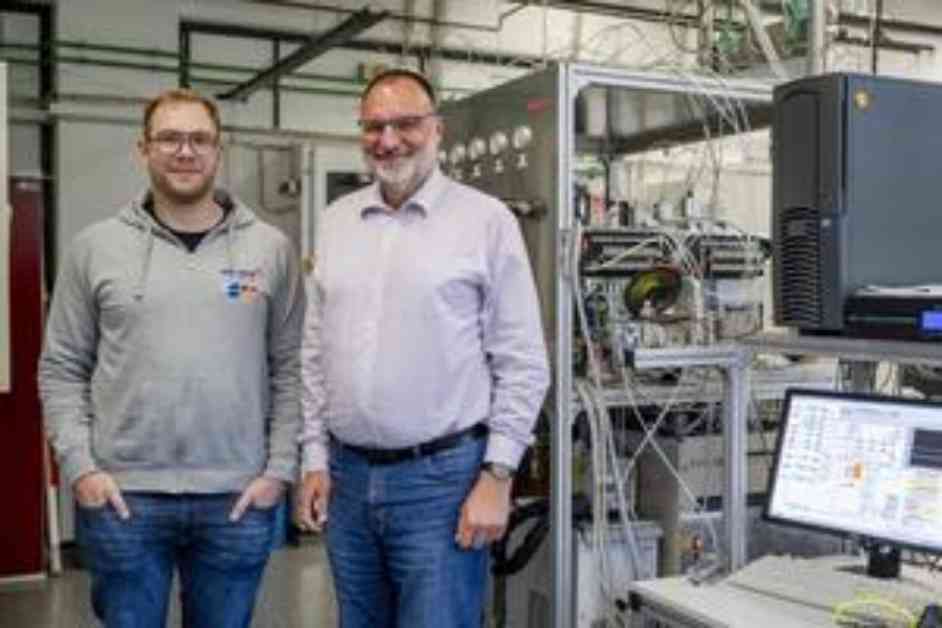An international research team recently made significant discoveries regarding the operation of an iron catalyst used to break down ammonia into nitrogen and hydrogen. This breakthrough is crucial for converting hydrogen into ammonia, which is easier to transport as an energy carrier. The team comprised researchers from Ruhr University Bochum, Max Planck Institute for Chemical Energy Conversion (MPI CEC), Technische Universität Berlin, and the Italian Institute of Technology.
Hydrogen, generated from water by wind or solar energy, is challenging to transport due to liquefaction requirements at extremely low temperatures. By converting hydrogen into ammonia, which can be liquefied at higher temperatures, transportation becomes more feasible. Professor Martin Muhler from Ruhr University Bochum and MPI CEC highlights the advantages of utilizing ammonia due to the existing infrastructure in the chemical industry.
The research team focused on developing efficient catalysts to decompose ammonia back into its original components, nitrogen and hydrogen. Traditional iron catalysts often lead to the formation of iron nitride instead of nitrogen, hindering the process. Through experiments with a cutting-edge catalyst provided by Clariant, the scientists were able to identify the side reactions occurring during ammonia decomposition.
Dr. Maximilian Purcel, Astrid Müller, and Professor Martin Muhler led the experiments at Ruhr University Bochum and MPI CEC, supported by complex molecular dynamics simulations and machine learning from the Italian research institute. Technische Universität Berlin played a crucial role in identifying iron nitrides using X-ray diffraction and monitoring their transformations under reaction conditions.
The insights gained from this study pave the way for the development of more effective catalysts in the future, enhancing the efficiency of splitting ammonia. Professor Martin Muhler emphasizes the historical significance of research in ammonia synthesis and decomposition, referencing scientific publications spanning a century. The contributions of researchers like Gerhard Ertl, Nobel laureate in 2007 and mentor to Martin Muhler, have laid the foundation for advancements in this field.
The detailed examination of iron catalysts and their role in ammonia decomposition provides a deeper understanding of the chemical processes involved. By elucidating the mechanisms behind iron nitride formation and decomposition, the research team offers valuable insights for future catalyst development and sustainable energy solutions. This research not only contributes to the scientific community’s knowledge but also holds promise for practical applications in the energy and chemical industries.













